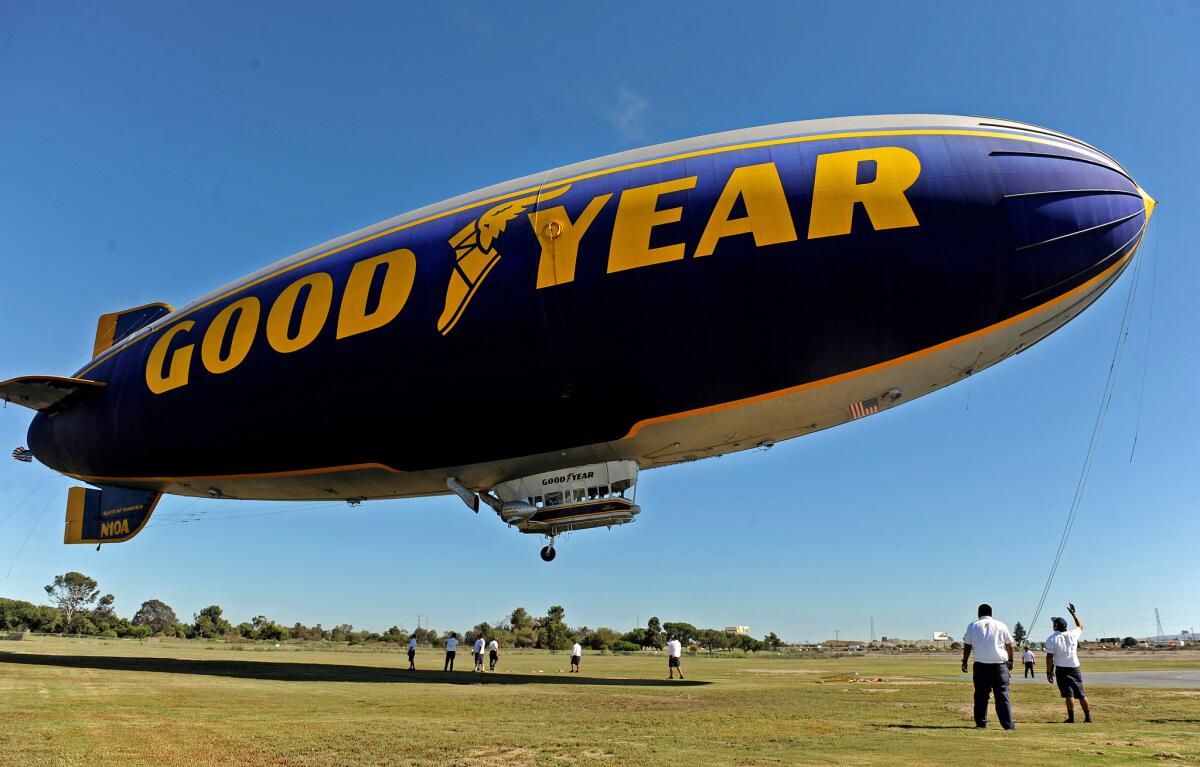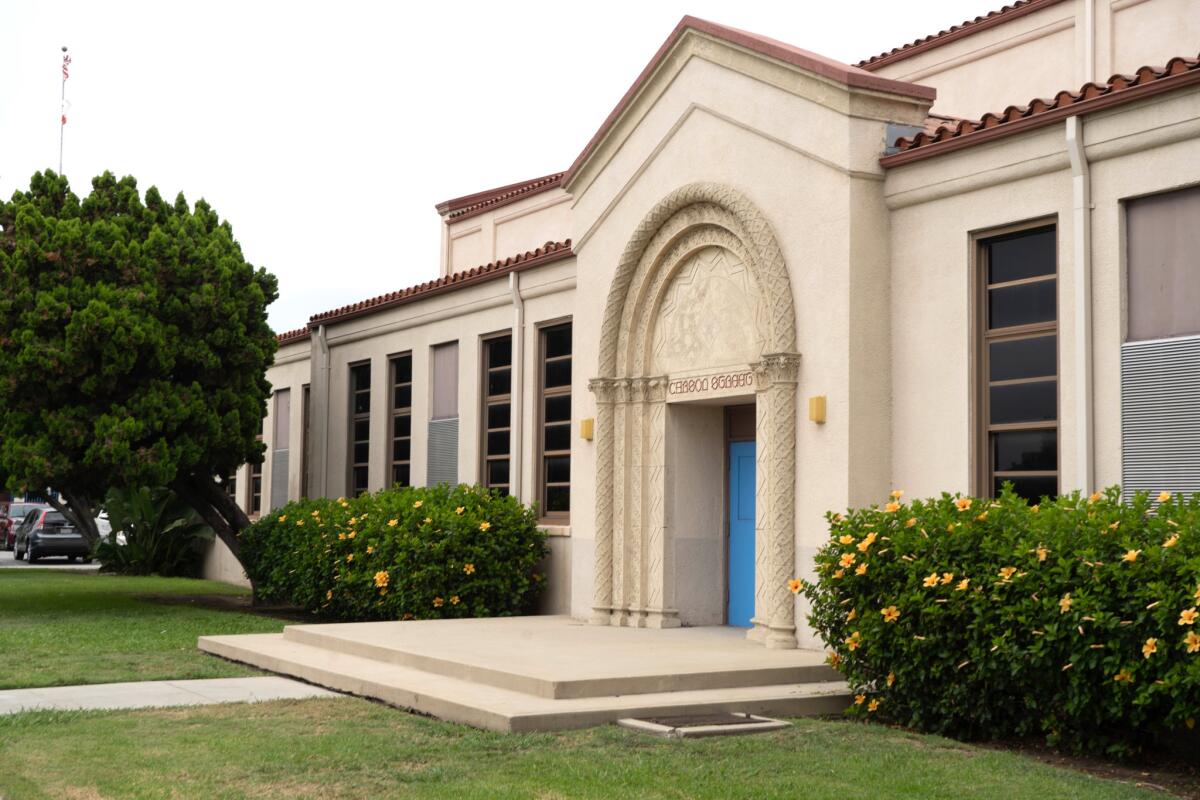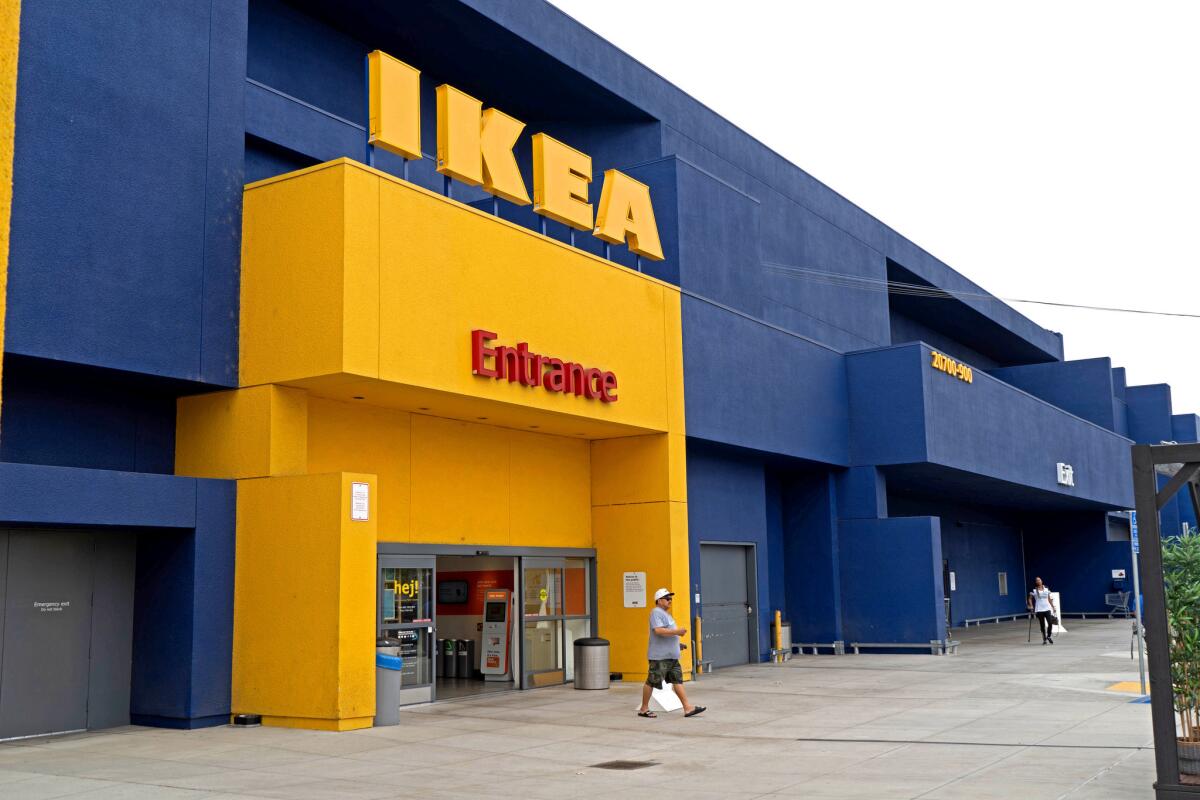Neighborhood Spotlight: Carson is a hub for sports and affordable housing

- Share via
As the South Bay began to develop into a center of industry during the first half of the 20th century, its landscape of ranch lands and bean fields gave way to oil wells, refineries and aerospace factories.
The leadership in Long Beach and Torrance, faced with the hard choice of dedicating more land to industrial uses or housing their burgeoning populations, struck upon a more politically expedient alternative.
To prevent the nightmare scenario of ever having to tell voters that a landfill would need to be built next to their homes and schools, the political establishment instead placed these reelection killers on a lightly populated swath of land between the two cities.
In their minds this land — formerly the heart of the old Rancho San Pedro — was perfectly suited for politically toxic, and often literally toxic, waste facilities.
In the 1920s it was little-developed, overwhelmingly agricultural and, most important, unincorporated, so its relatively few residents had no voice when it came to controversial land-use decisions, such as the siting of a junkyard or dump.

America’s entry into World War II accelerated the industrialization of the South Bay as the area became a center of wartime aerospace manufacturing. After the war, as the L.A. region’s population exploded and undeveloped land became more scarce, the unincorporated dumping ground saw a dramatic increase in new subdivisions and residents.
These new homeowners began to question the land-use policies that had made their neighborhoods the refuse bin for the entire South Bay. Residents organized a successful campaign for incorporation in 1968 so they could exercise local control over land-use planning.
The new city, which took the name Carson after a prominent local family, began efforts to remediate, as the city’s history put it, a “landscape … pockmarked with the dozens of refuse dumps, landfills and auto dismantling plants which none of its neighbors would have in their own cities.”
With new rules in place, Carson shut down many of the worst environmental offenders. The city’s undeveloped land was now freed for more productive uses, and over the next 50 years regionally important facilities such as Cal State Dominguez Hills and the StubHub Center were built.
Neighborhood highlights
Sporting life: The StubHub Center is the home of the L.A. Galaxy and Los Angeles Chargers and boasts a velodrome, a track-and-field facility and a tennis stadium. It will host portions of the 2028 Olympics.

The heart of the South Bay: Close to world-class beaches and a manageable commute from El Segundo’s tech corridor and LAX, Carson is at the center of the resurgent South Bay.
Affordable prices: Proximity to employment hubs has not yet inflated Carson home prices to the realm of tech millionaires. The majority of homes list for less than $600,000.
Neighborhood challenge
A toxic legacy: Decades of environmentally unsound business practices have resulted in the contamination of a large portion of city land, although Carson is making strides in its cleanup efforts.
Expert insight
Lisa Massion, a Camino Realty agent with more than 20 years of experience in Carson, said the city has done a 180-degree turn in its ability to attract business and development in recent years.
Crediting a concentrated effort from the city’s General Plan Advisory Committee, she said Carson boasts a new batch of affordable housing, senior housing and trendy retail spots.
“The District at South Bay, which will be a 168-acre development, was once a landfill,” she said. Though still in the planning stages, Massion said it will be one of the largest shopping centers in L.A. County when it’s finished in about five years.
In light of the growth, public meetings are addressing the issue of whether to switch Carson from a general-law city to a charter city, and have greater local autonomy.

Market snapshot
The majority of Carson falls within two ZIP Codes.
In the southern half, 90745, based on 25 sales, the median sales price for single-family homes in July was $541,000, up 12.7% year over year, according to CoreLogic.
In the northern half, 90746, based on 16 sales, the median sales price for single-family homes in July was $559,000, up 7.4% year over year, according to CoreLogic.
Report card
Of the 20 public schools in the Carson boundaries, nine scored at least 800 on the 2013 Academic Performance Index. The highest performers were the California Academy of Mathematics and Science at 961, Two Hundred Thirty-Second Place School at 881 and Carson Street Elementary at 853.
Carson Senior High, the area’s largest high school, scored 677.
Times staff writer Jack Flemming contributed to this report.
More to Read
Sign up for Essential California
The most important California stories and recommendations in your inbox every morning.
You may occasionally receive promotional content from the Los Angeles Times.






